New York boasts a varied landscape, ranging from ancient mountains in the north, the Great Lakes in the northwest, to coastal beauty in the southeast. The climate is generally humid and wet throughout the state, with more rain and snow falling upstate and more windy weather near the coast.
No matter where you live in New York, though, you are at risk of natural disasters, such as flooding, hurricanes, and winter storms. When these happen, it’s essential to be prepared.
So what are the most common natural disasters in New York, how are they changing, and what can you do to prepare? Whether you’re planning a move to New York City or are looking at apartments in Syracuse, read on for everything you need to know.
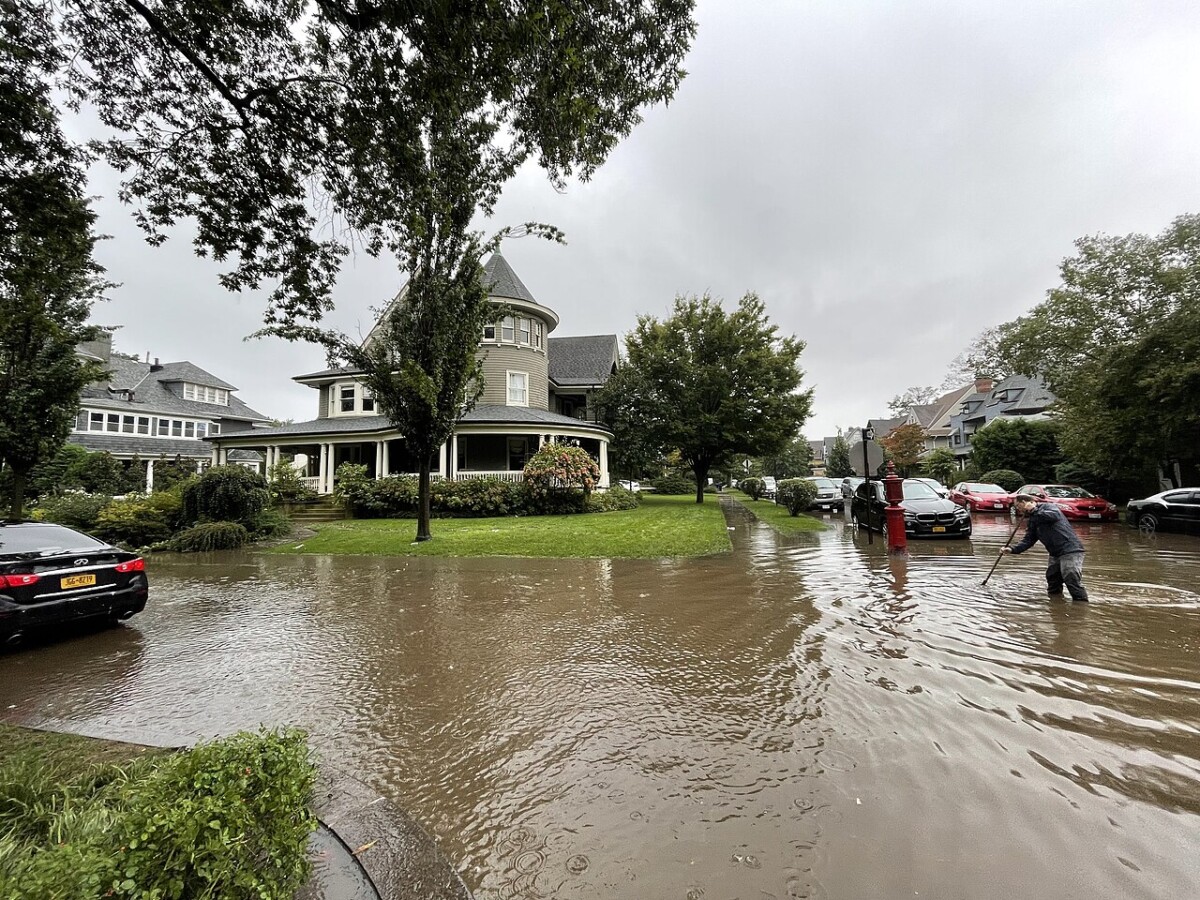
New York flooding
New York cities most at risk of flooding
- Elmira: 30% of properties at risk
- Binghamton: 26% of properties at risk
- Cortland: 25% of properties at risk
Flooding is a major issue in New York. In fact, more than 100,000 people live in low-lying coastal areas that are routinely flooded. This is expected to grow worse as ocean levels rise, heavy rain becomes more frequent, and hurricanes grow in size.
Interestingly, West-Central New York, especially around the Finger Lakes, contains the greatest percentage of properties at risk of flooding, mostly due to riverine flooding from the rivers in the area. New York City is most at risk of flooding from storm surges and heavy rainfall.
Recently in September 2023, extreme rain caused massive flooding throughout low-lying areas in Manhattan, Brooklyn, and New Jersey, inundating subway stations, stalling public transportation, and leading to emergency declarations. Earlier, in 2012, Hurricane Sandy caused devastating regional and localized flooding.
On a positive note, most cities in New York are adapting to flooding and allocating millions of dollars to flood prevention. Hoboken is a case study for regenerative prevention, and as a result, fared much better in the September 2023 flooding than other coastal cities.
What to do before and during extreme rainfall events
As heavy rain becomes more common, so does flooding. To help, we asked Matt Kunz, President of Mr. Rooter Plumbing, a Neighborly company, for his best advice:
“Before heavy rainfall, homeowners should clean gutters, install gutter extensions, and ensure proper landscape grading,” says Matt. “Importantly, make sure to seal cracks, elevate electrical items, install a sump pump, and perform regular drainage system checks.”
During extreme rainfall, Matt suggests staying updated on weather forecasts, clearing drains, and turning off electricity. “You may also want to deploy sandbags and check your sump pump regularly,” he says. “If you notice persistent drainage problems, growing cracks in your home’s foundation, or plumbing failures, call a professional as soon as possible to minimize damage.”
How to prepare for flooding in New York
Here are a few additional tips to help prepare for a flood:
- Familiarize yourself with flood risk maps for your area and neighborhood to see your potential risks.
- Understand your local flood and tsunami evacuation routes.
- Purchase flood insurance if you’re in a high-risk zone and can afford it. Flood insurance is legally required if your home has a high risk.
- Invest in flood sensors.
- During and after heavy rainfall, be on the lookout for landslides, mudslides, and debris.
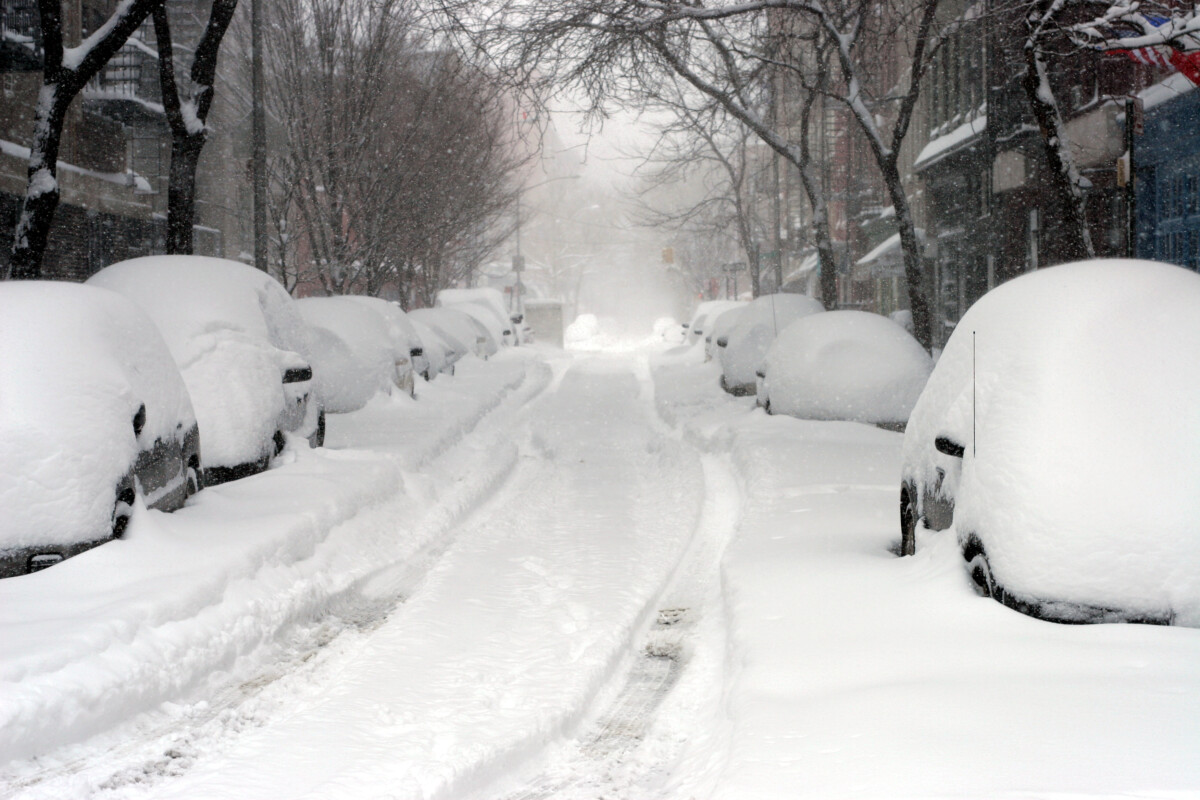
Your future home is just a tap away
Explore homes with the Redfin app anytime, anywhere.
New York winter storms
Your future home is just a tap away
Two types of winter storms are most common in New York: Nor’easters, and lake effect snowstorms. Nor’easters generally hit the entire state, while lake effect storms impact areas east of Lake Erie and Lake Ontario. Let’s dig a bit deeper.
Nor’easters are infamous in New York and surrounding states and typically form during the winter and spring as a result of bitter arctic wind crossing over the warmer Atlantic Ocean. Nor’easters are a regular occurrence in the Northeastern Atlantic, but can become very dangerous.
Lake effect storms can produce extremely heavy snowfall, usually in narrow bands that affect regions on the eastern shores of the Great Lakes. This phenomenon helps make cities in upstate New York among the snowiest in the country, with Syracuse regularly topping 120 inches every year. Lake effect snow can be dangerous and sometimes results in thundersnow, producing blizzard conditions for dozens of hours at a time. Recently in 2022, Buffalo saw a paralyzing lake effect blizzard that dropped over four feet of snow in as many days along with bitter cold and extreme wind.
How to prepare for winter storms in New York
Preparing for severe winter weather is essential in New York, especially in the snowy Upstate. This helps ensure your safety and minimizes impact on your home and family. Here are a few tips to help you prepare for winter:
- Subscribe to NY-Alert to receive critical information and emergency alerts before and during natural disasters and severe weather.
- Winterize your home by inspecting your roof, clearing gutters, cleaning your chimney, insulating your attic, checking your heating system, and insulating your pipes.
- If winter weather includes an ice storm, take extra precautions, such as using snow-melting salt or pellets on your walkways and driveway, clearing your gutters, and covering trees to prevent them from falling.
- Update your emergency kit to include extra warmth.
- Keep a supply of firewood or alternative heating sources in case the power goes out.
- Charge or refuel your vehicle, and equip it with chains, extra blankets, a shovel, and emergency supplies.
- Prepare alternate travel routes, as storms often cause road closures.
- Stay updated on weather forecasts and make sure you have a reliable method of communication.
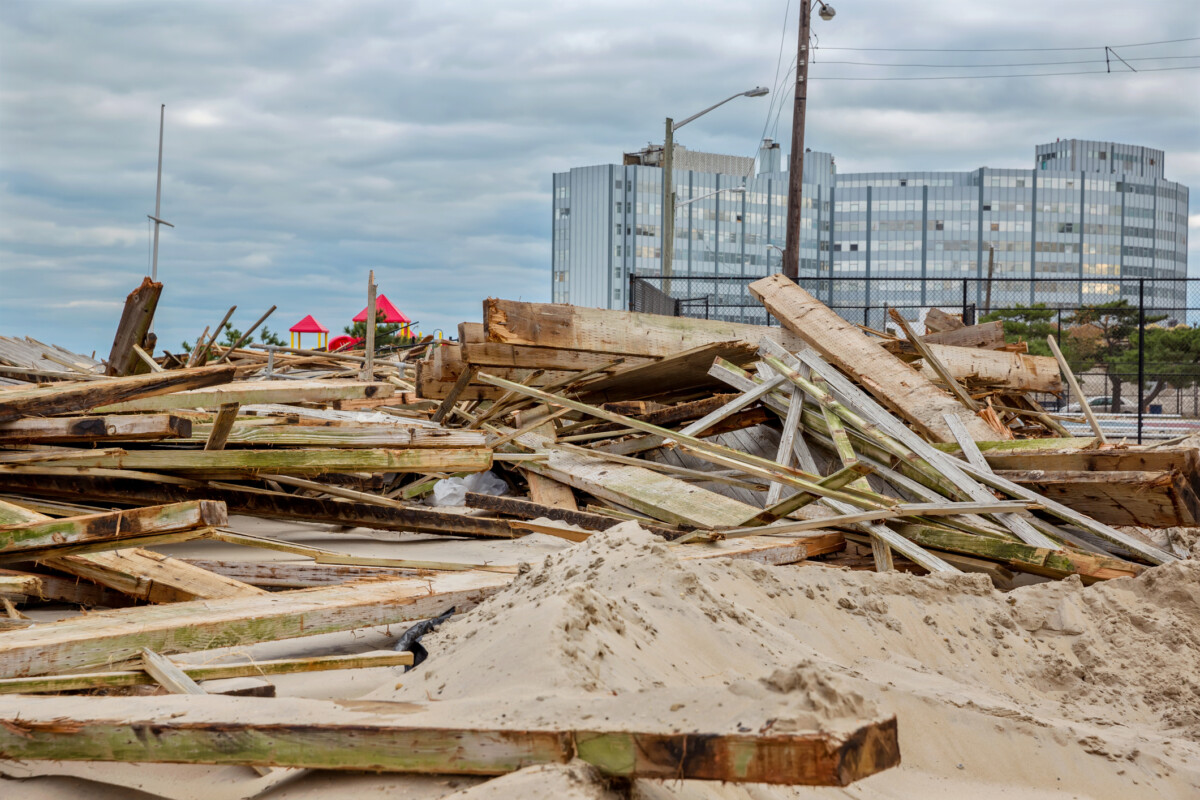
New York hurricanes and thunderstorms
New York cities most at risk of dangerous storms
- Nassau County: 100% of properties at risk
- New York City: 70% of properties at risk
Hurricanes aren’t nearly as likely in New York as in southern states like Florida and Texas, but when they do happen, they can severely affect millions of people. New York hurricanes come from the Atlantic Ocean, but generally only make it far enough north to impact the state in September and October.
In New York, hurricanes often bring severe flooding from rainfall and storm surges, which is especially dangerous in places like New York City where many people live at sea level. Hurricane Sandy was the most recent hurricane that caused widespread flooding, utility outages, and system-wide transit outages, even destroying some low-lying neighborhoods.
Additionally, unique to the Central and Eastern U.S. are Derechos, which can happen year-round but are most common from May through August. Derechos are a band of strong, long-lasting thunderstorms that can produce winds similar to a weak tornado across hundreds of miles. The strongest Derechos to hit New York were the Labor Day Derechos in 1998, which impacted most of the state.
How to prepare for hurricanes and thunderstorms in New York
New York is at risk of hurricanes and severe storms, so it’s essential to be prepared. Here are a few tips to help:
- Stay updated on forecasts and follow all official evacuation orders.
- Familiarize yourself with the New York evacuation zone map.
- Create a waterproof emergency kit, which should include water, nonperishable food, a can opener, medications, first aid supplies, important documents, and more.
- Keep a charged, durable communication device on hand.
- Strengthen your home from winds by decluttering drains and gutters, bringing in outside furniture, and trimming trees.
- Secure your doors and board windows, or install hurricane shutters. You can also hire a contractor to help prepare your home.
- Purchase flood insurance or update your policy.
- Raise your home to protect it from storm surges and flood damage.
New York heat waves
New York cities most at risk of heat waves
- New York City: 96% of properties at risk
- Nassau County: 79% of properties at risk
- Poughkeepsie: 32% of properties at risk
Extreme heat may not be something commonly associated with New York, but due to lack of preparedness, no mandatory air residential conditioning, and climate change, this is changing. In fact, heat deaths have risen in the past decade in New York City as extreme heat events get hotter and longer. People of color and other minoritized groups are more likely to be severely impacted by heat events.
New York rarely gets extremely hot, especially compared to more southern states; the state’s highest ever temperature is just 106 degrees Fahrenheit. However, high humidity pushes the heat index (how hot the air actually feels) to over 100 more regularly. Recently, a heat wave in July 2023 caused the heat index to reach over 100 degrees for nearly three days in a row.
How to prepare for heat waves in New York
Heat risk in New York can be intense during heat waves, primarily in the summer and early fall, and when paired with high humidity. Here are a few ways to stay cool in extreme heat:
- Stay updated on forecasts and advisories to prepare for a heatwave.
- Close blinds, shades, and curtains.
- Purchase air conditioning if you can, or get to a location that does. Remember that if you live in a rent-stabilized home, you cannot be charged extra for paying for and installing air conditioning.
- Prepare a meal plan that doesn’t involve cooking indoors.
- Install a generator in case the power goes out due to strained utility systems.
- Stay hydrated before, during, and after a heat event, especially if there is high humidity.
- Limit outdoor activities to the early morning and late evening.
- If your home is above 95 degrees and you don’t have AC, don’t use a fan to cool yourself down.

New York landslides and mudslides
Landslides are a surprisingly major risk in many areas of New York. Only 20% of the state is vulnerable to landslides, but in places where they are a hazard, they can disrupt lives and destroy homes. Areas most at risk are around the Adirondack Mountains in the northeast, where wet weather can cause the ancient hillsides to slide.
Flooding is one of the most common causes of landslides in New York, as excessive rainfall makes the ground oversaturated and unstable. Additionally, climate change is expected to make heavy rain more frequent, leading to more numerous and devastating landslides.
How to prepare for landslides and mudslides in New York
The most important part of preparing for a landslide is thinking ahead and familiarizing yourself with the landscape. Importantly, don’t build a home or structure near steep slopes, close to mountain edges, or along natural erosion valleys and rivers. Here are some additional tips to help:
- Check if your property has been affected by landslides in the past, as these areas are most at risk.
- Consult a professional for retrofitting, such as flexible pipe fittings.
- Plant ground cover on slopes, and build retaining walls around your property.
- Build channels or deflection walls to direct mudflow around your home. However, if you direct debris into a neighbor’s property, you may be liable for damages.
- Consider purchasing landslide insurance, as standard homeowners insurance policies generally don’t cover damage from landslides or mudslides.
- Stay alert during periods of heavy rain, especially if you live on a hillside.
- Recognize warning signs, such as new or widening cracks in your home’s structure, bulging ground, or unusual sounds.
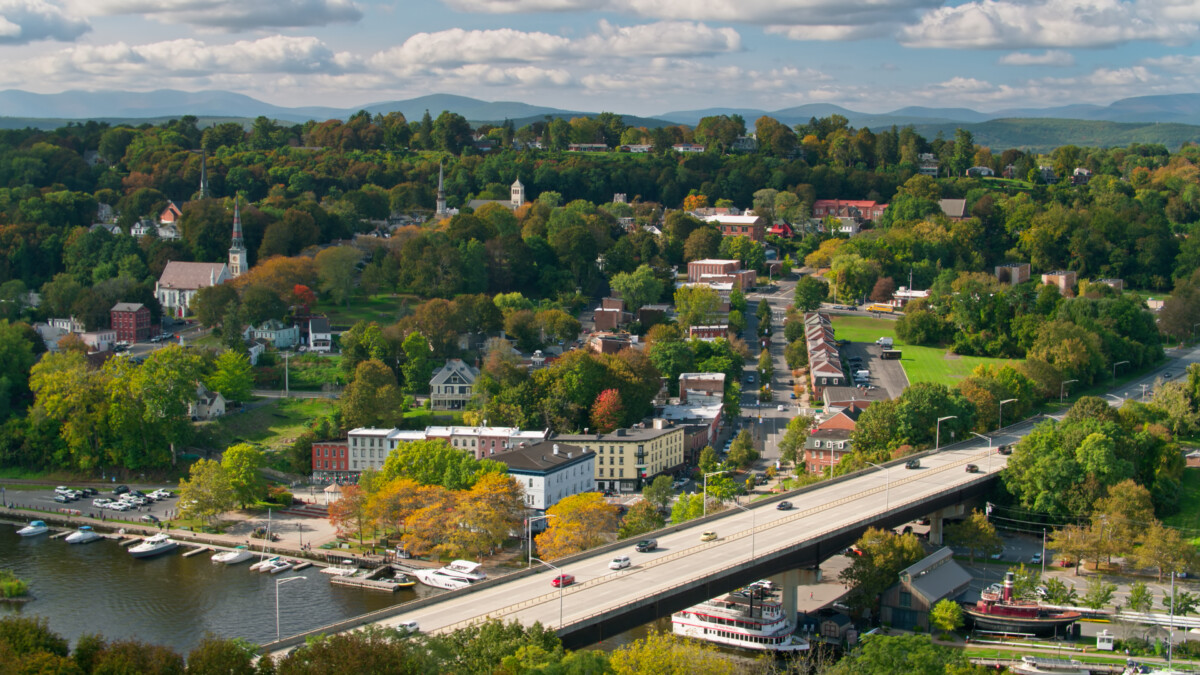
Final thoughts on natural disasters in New York
New York is a diverse state that sees rain, sun, snow, and everything in between. As such, it’s also prone to numerous natural disasters, such as flooding, heat waves, winter storms, and more.
If you’re considering moving to New York or already call The Empire State home, it’s essential to prepare for natural disasters. Understanding your risks and adequately preparing are helpful to make the most out of living in New York. NOAA, FEMA and some cities in New York offer maps that show forecasted and possible risks in any given area, which can help you prepare.
Lastly, many natural disasters are worsened by climate change. So no matter how you prepare, reducing your carbon footprint and fighting for systemic change are the best long-term solutions.
“At risk” means a property has a major or greater probability of being affected by a certain risk in the next 30 years. State and metro data is courtesy of First Street Foundation and was last updated in 2022.
This article is for informational purposes only. Individual results may vary. This is not intended as a substitute for the services of a licensed and bonded home services or disaster prevention professional. Always seek expert advice and follow all official guidance before, during, and after a disaster.



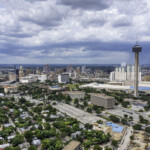
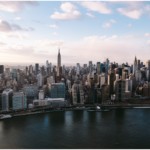
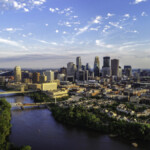

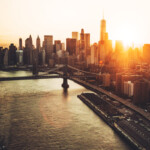

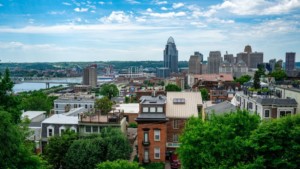
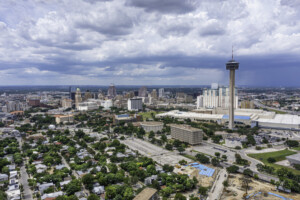
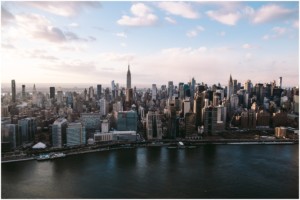
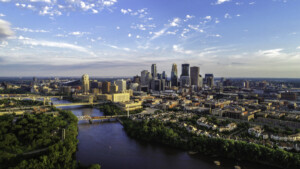
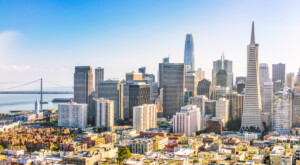
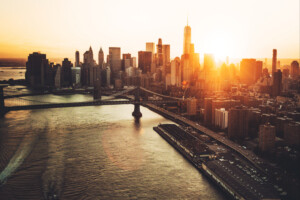
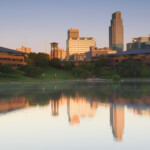

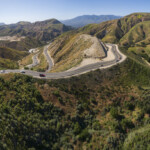
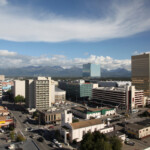
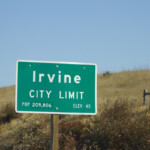
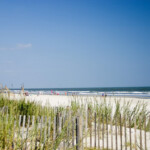






 United States
United States Canada
Canada